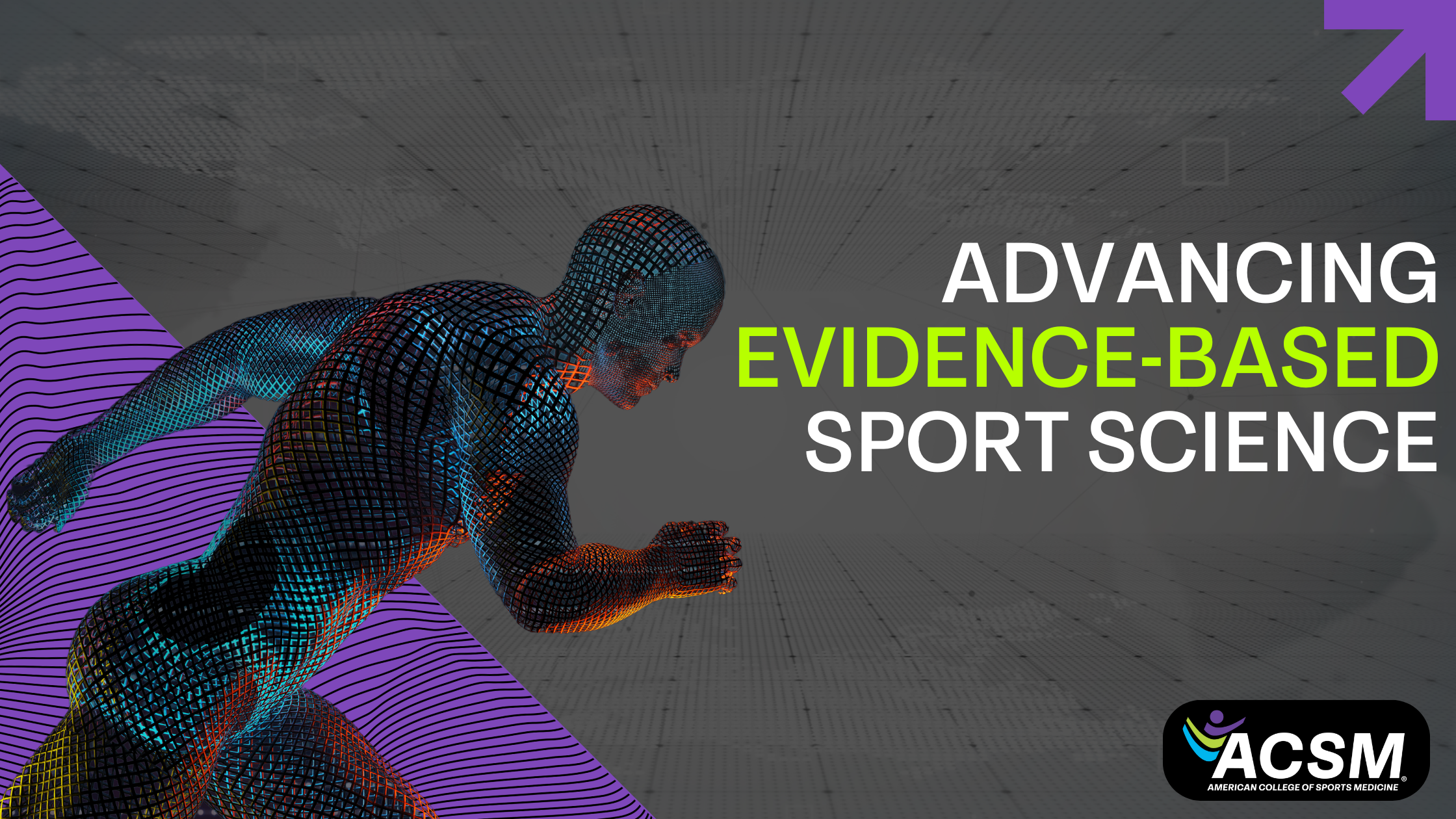by
Greg Margason
| Jun 24, 2024
 We have all heard the following sports and exercise recommendations: “Load up on carbohydrates prior to an athletic event,” “Stretch prior to activity to avoid injury,” “Stand up straight and place your hands behind your head to recover from rigorous aerobic exercise,” “Buy running shoes based on foot arch and/or running form (and/or as assessed by an employee at the local shoe store)” and “Hydrate to prevent cramping, soreness and exertional heat illness.”
We have all heard the following sports and exercise recommendations: “Load up on carbohydrates prior to an athletic event,” “Stretch prior to activity to avoid injury,” “Stand up straight and place your hands behind your head to recover from rigorous aerobic exercise,” “Buy running shoes based on foot arch and/or running form (and/or as assessed by an employee at the local shoe store)” and “Hydrate to prevent cramping, soreness and exertional heat illness.”
While some of these recommendations can be helpful in certain settings, they may not apply or may have less-than-positive effects in others; regardless, they are dogmatically repeated by well-meaning coaches, staff, parents and enthusiasts in the name of sports medicine and human performance without much additional consideration for their validity.
Such beliefs are ingrained in many sport and exercise circles and may only eventually be overcome with substantial evidence to the contrary. Even so, despite the 2019 study published in TJACSM by Michaelson et al. indicating that athletes recover better in the hands-on-knees position following high-intensity physical activity1, I continue to hear participants confidently directed to stand up tall and place their hands behind their heads by coaches at my kids’ youth sports and at military physical fitness events.
The results of sports medicine and exercise science research are useful to a wide range of people, and our field is therefore readily accessible to the general public — that’s what makes it so great to be a part of. But because of this, there is also an abundance of forums where active people share ideas and dogma. We owe it to our field, and to those enthusiastic about active lifestyles, to critically test sport and exercise claims and practices and expand the sport science evidence base — particularly in service of safety. Such research represents valuable low-hanging fruit that may stand to help a lot of people.
Training programs, such as those in the military, may go many years between updates due to preference for the status quo and the cost required to modernize. It’s often difficult to get buy-in to change processes and approaches, even when addressed by respected subject matter experts sharing science-backed reasoning. To facilitate buy-in by decision makers when there is not direct evidence to apply to a specific situation or recommendation, sport science professionals should work to objectively confirm or refute the current approach by doing the relevant research. This valuable step of translational sport science is what my team set out to take in our recent study published in TJACSM.
Our study, “The Effect of Lightweight Shoes on Air Force Basic Training Injuries: A Randomized Controlled Trial” questioned whether the shoes the Department of Defense (DoD) issues its trainees —sturdy shoes with three customization options based on specific foot support needs — would be best at reducing injury. After all, they had been issued with that exact intent. Our sports medicine team, having noticed an association between the issued shoes and injuries treated in our clinics —and having heard trainees express dissatisfaction with said shoes — hypothesized that the practice of issuing such shoes in order to reduce injury ran contrary to what the ACSM describes as a good, safe running shoe, as well as to other evidence and recommendations. However, gaining traction toward changing the shoes issued to all enlisted DoD trainees without direct evidence of this suspected harm proved to be a tall task. So, we set out to put the standard-issue shoes to the test in this population by comparing them to a lightweight alternative.
Our results, gleaned from studying trainees at Air Fore basic military training, indeed suggest that issuing lightweight running shoes with a wide toe box and low heel-to-toe drop reduced injury risk.
Although we as sports medicine professionals might not need to be convinced of certain recommendations based on our experience and expertise, we often should pursue and share evidence like this with our patients, clients, and the lay public in order to overcome cognitive inertia and status quo bias. I encourage my colleagues to identify dogmatic practices and put the status quo to the test to promote evidence-based sport science for their specific populations.

Major Korey Kasper is an active duty and board-certified sports medicine and family medicine physician in the US Air Force. Dr. Kasper received his B.S. in Kinesiology from the University of Wisconsin-Madison and his MD from the Uniformed Services University of the Health Sciences in Bethesda, MD. He subsequently completed a residency in family medicine in at the University of Nebraska Medical Center and a sports medicine fellowship at the National Capital Consortium in Washington, DC. Following training, he served as the Medical Director of Trainee Health Clinic and the VIPER Sports Medicine and Human Performance Program, where he worked to optimize the care, safety, wellness, and performance of military service members in training on JBSA-Lackland, TX. Currently, he is the Medical Director of Sports Medicine for the 6th Medical Group at MacDill AFB, FL.